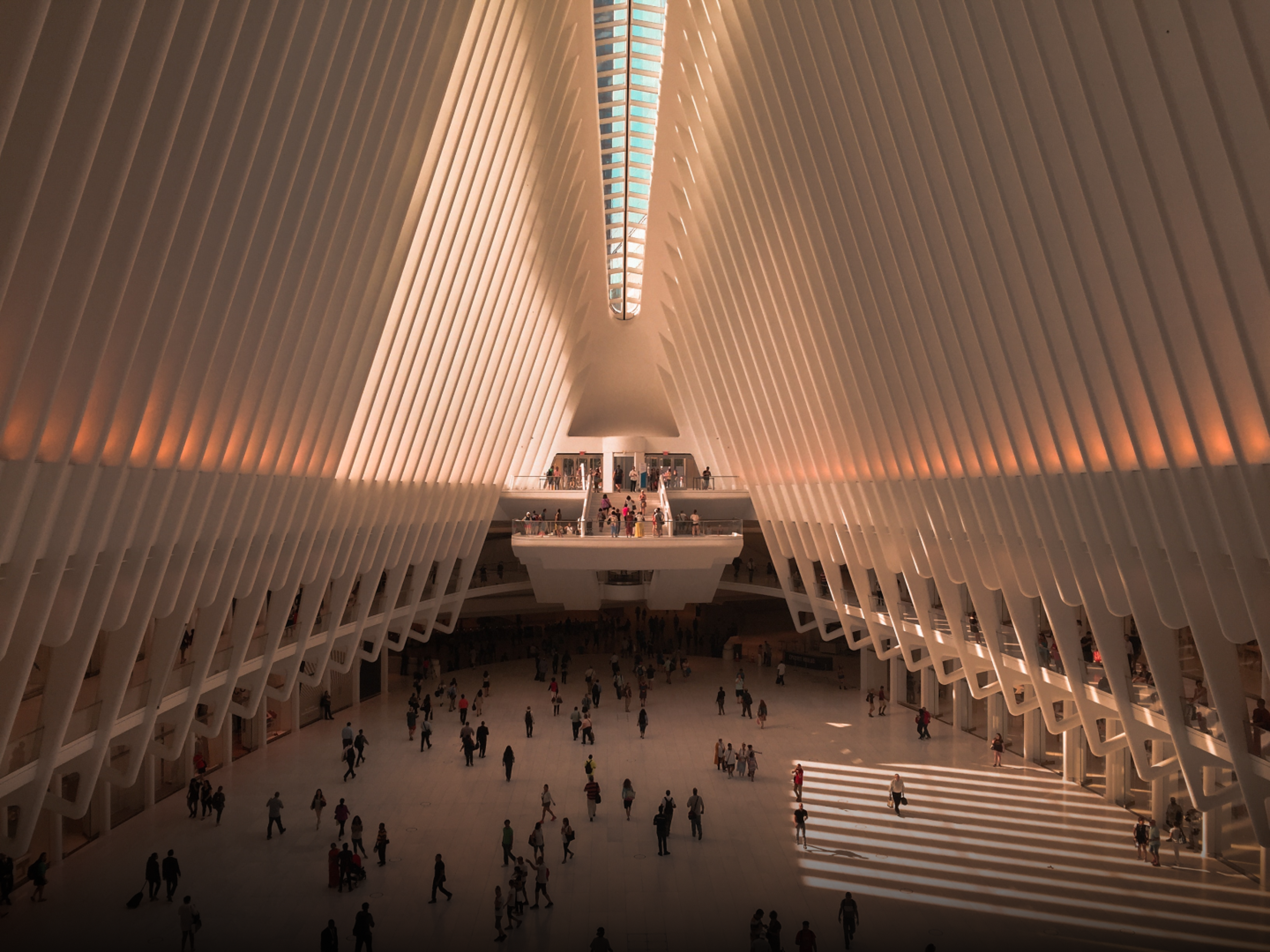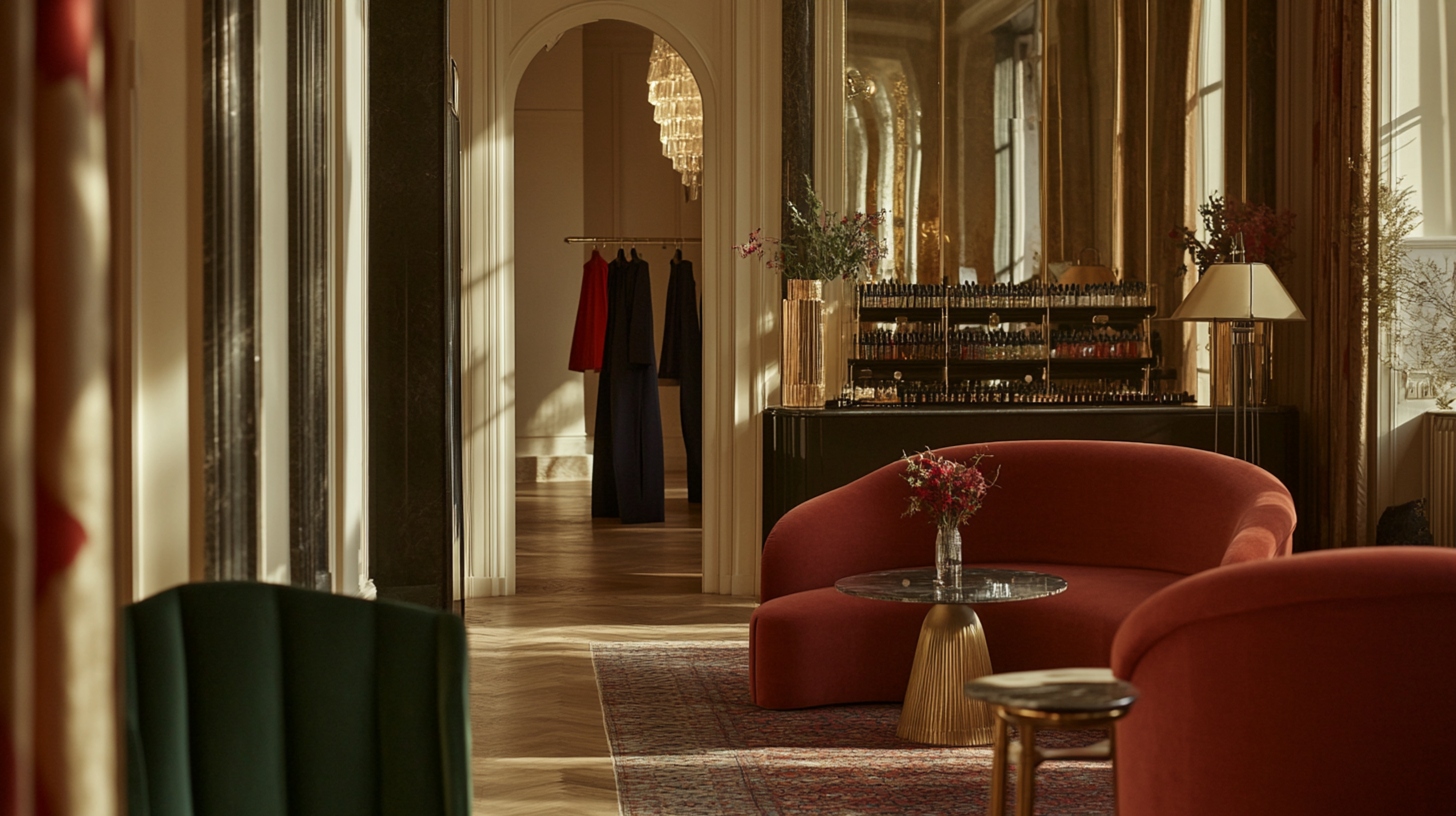
Property & Real Estate
1 Feb 2025
6 Min Read
The Strategic Foundations of Branded Residences
The branded residence market has matured beyond hospitality's domain. As luxury brands across sectors stake their claim on prime real estate, the fundamentals of success remain unchanged: spirit, place, and strategic coherence.
“"For branded residences, I think it's very important for people to understand not all brands are created equal, nor is all square footage. That you're not buying real estate and you're not buying the brand. You're buying what the brand represents to you in a home."”
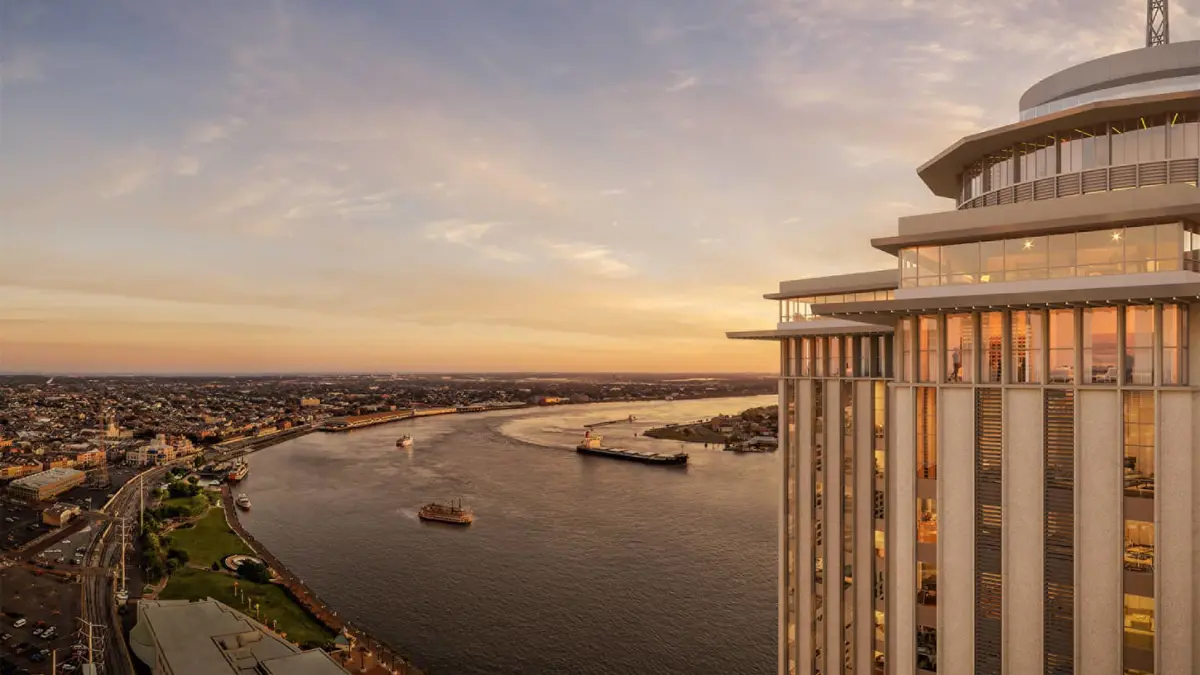

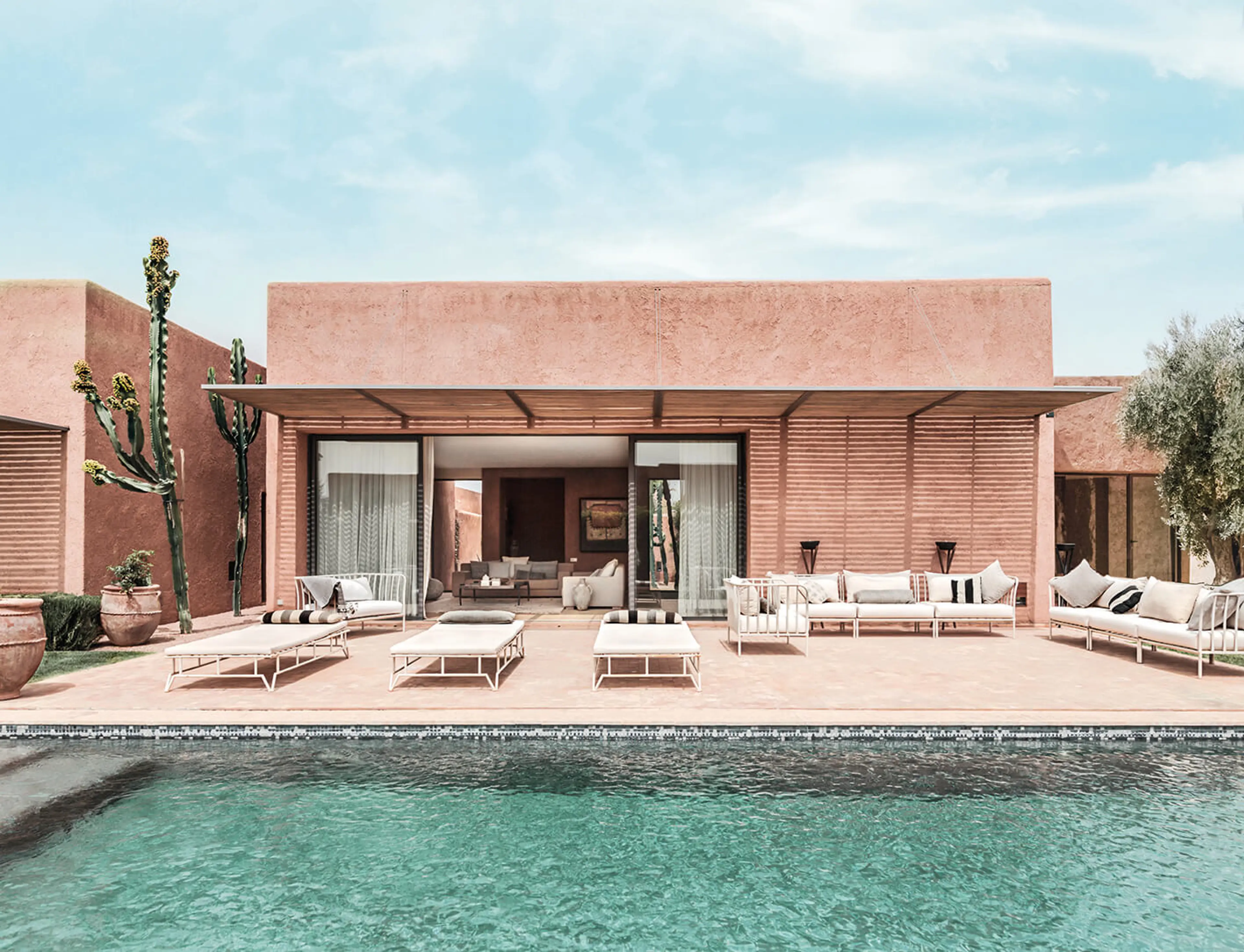
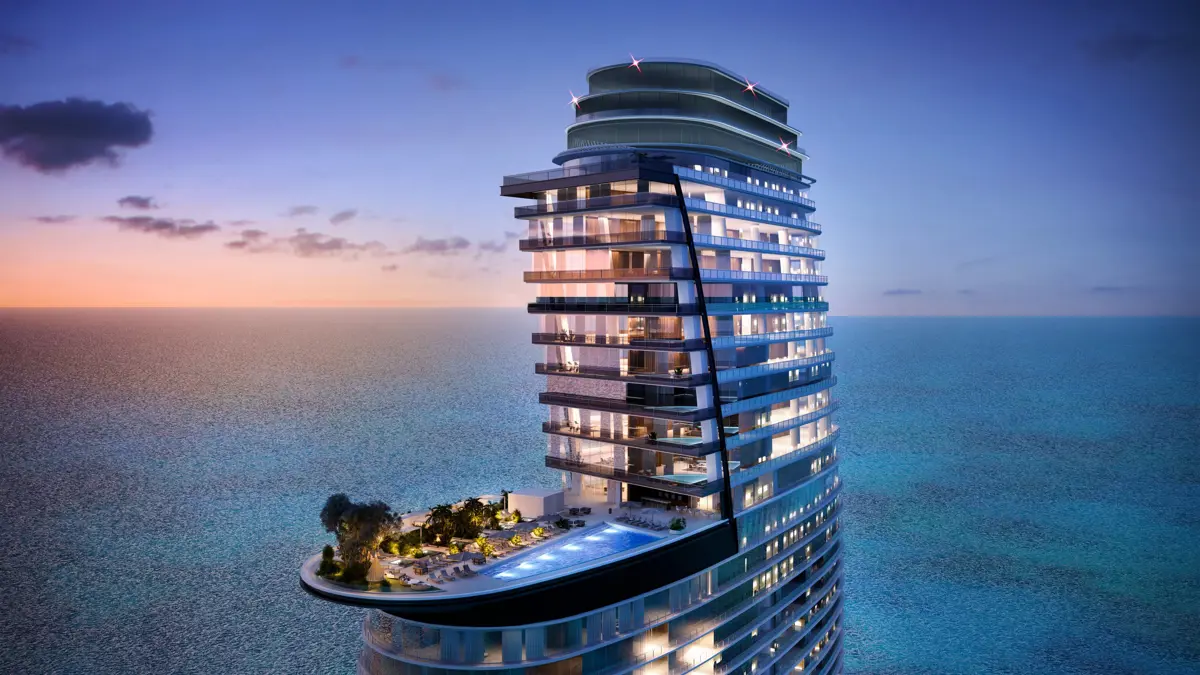
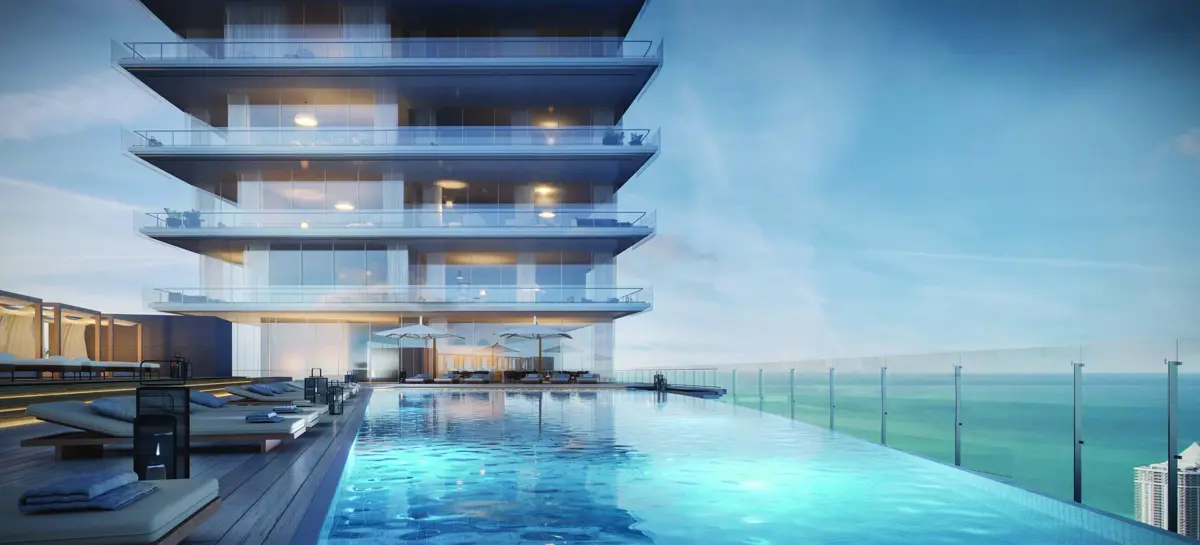

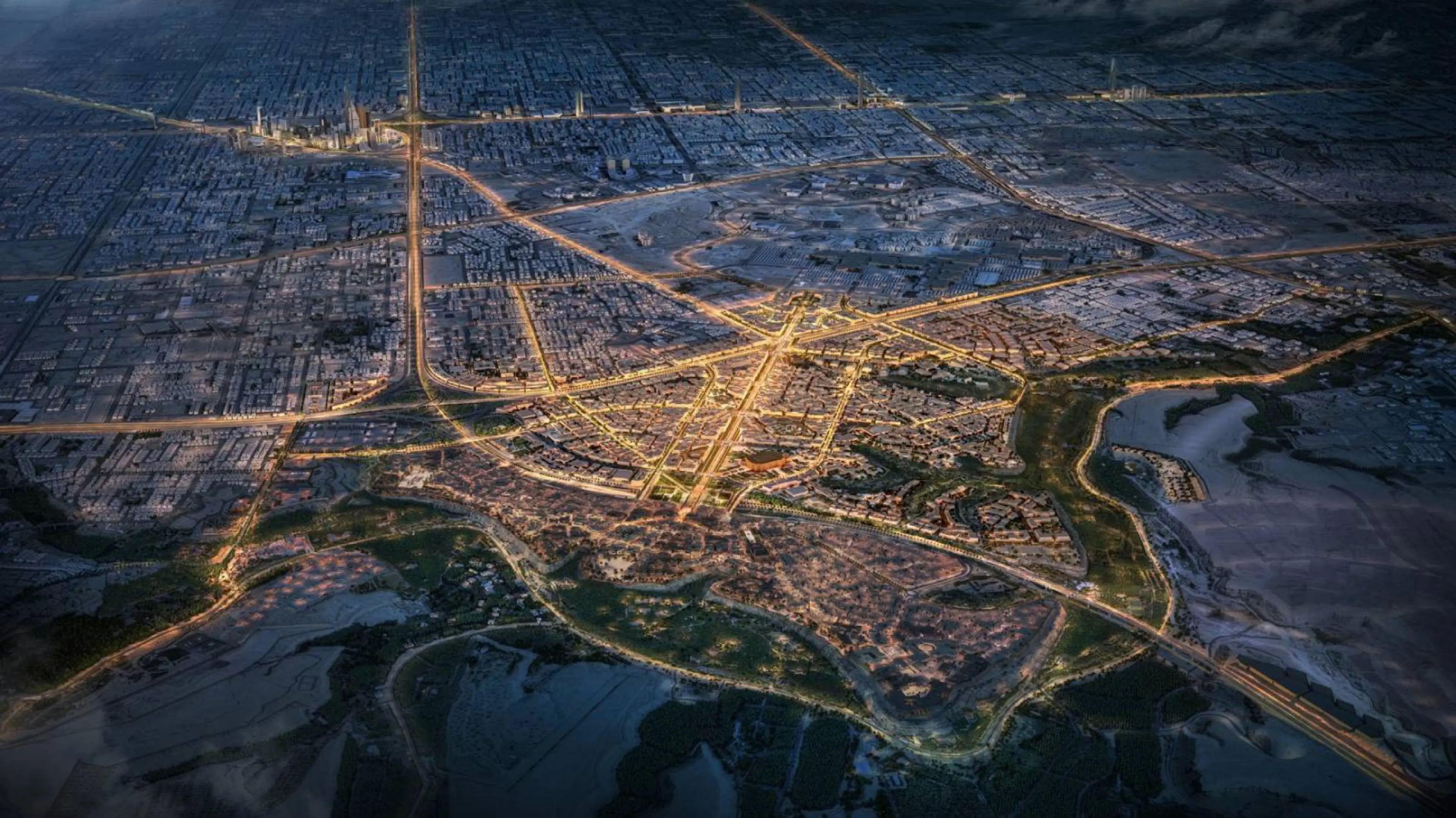
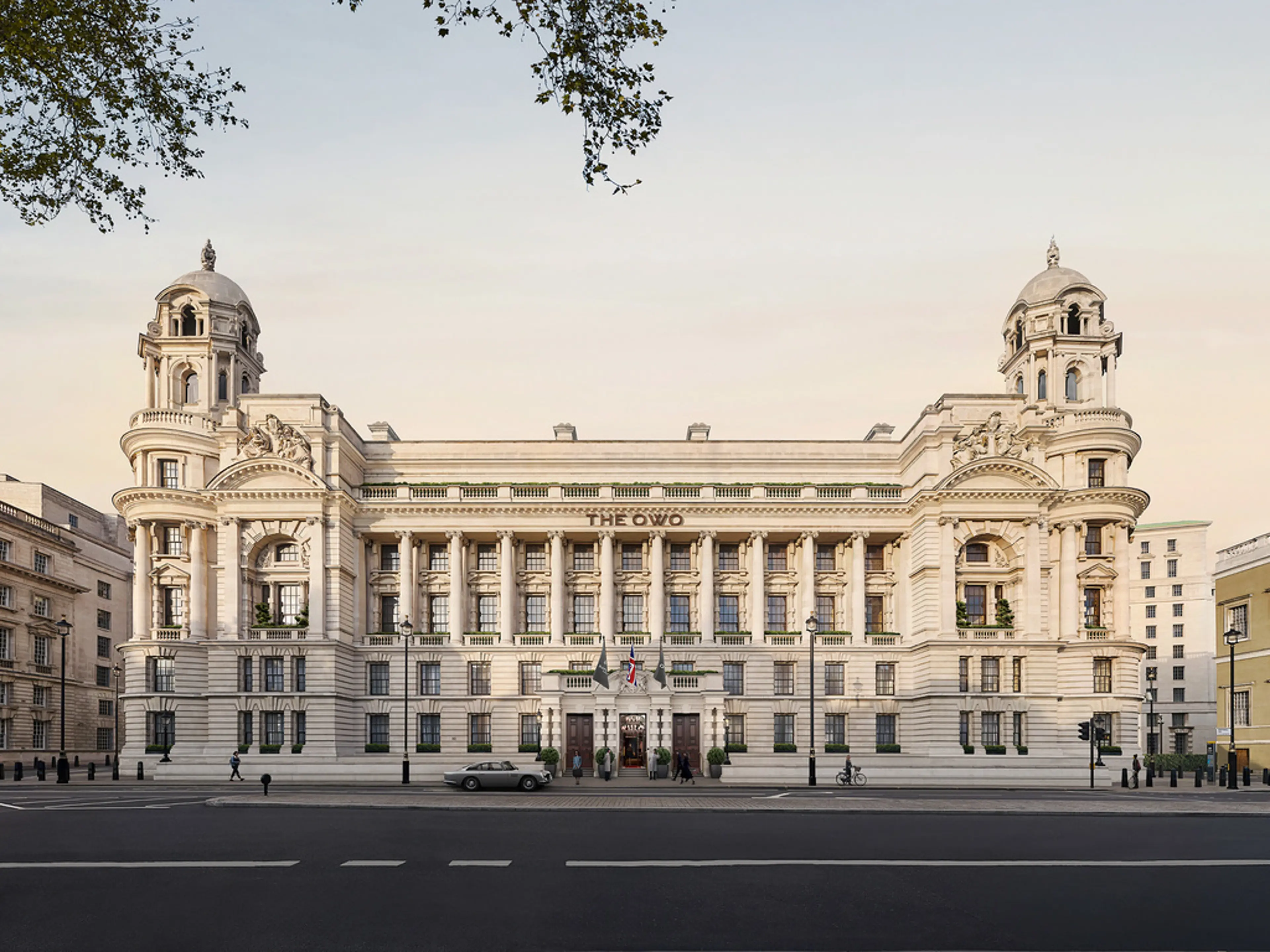
Property & Real Estate




